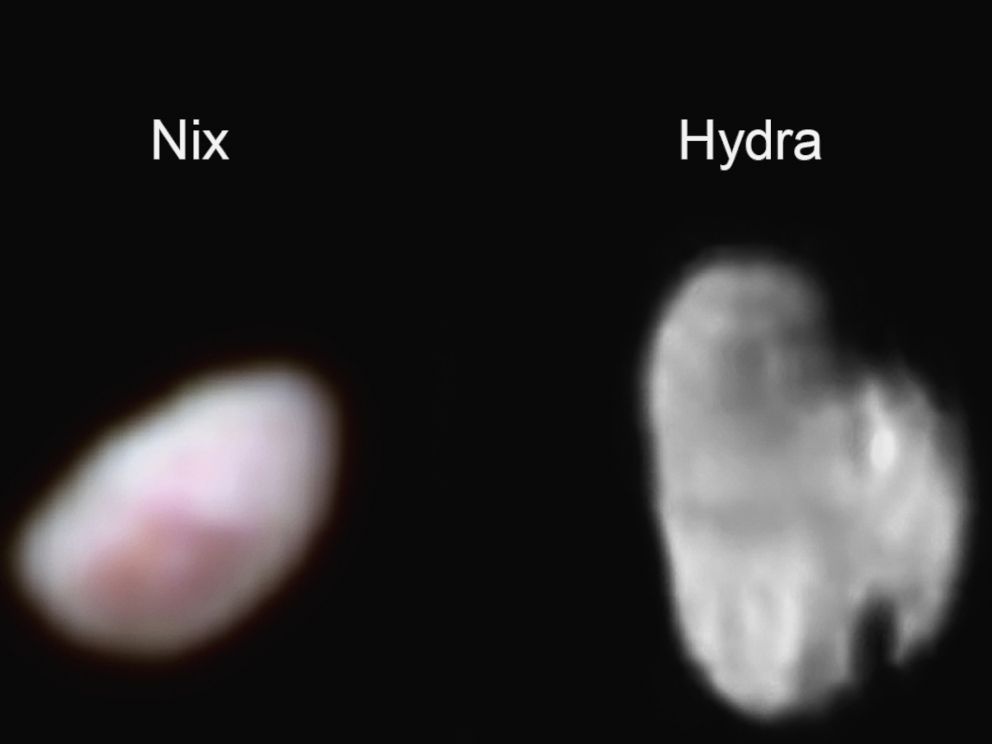Pluto's Heart Has Another Mountain Range
New Horizons continues to discover more about the dwarf planet.
— -- The photos taken by NASA's New Horizons spacecraft continue to come back to Earth revealing new details about Pluto's complex geology.
The latest photo released by NASA shows Pluto's heart-shaped feature is home to a second range of icy mountains.
The frozen mountain range is estimated to have peaks stretching between one-half and one mile high, making them around the same height as the Appalachian Mountains, according to NASA.
The location of the range is of particular interest to NASA as scientists seek to learn more about Pluto.

Nestled in the southwestern region of the heart, which NASA has named the Tombaugh Region, the mountains are located between a bright, icy plain believed to be less than 100 million years old and a dark, cratered area estimated to have been in existence for billions of years.
"There is a pronounced difference in texture between the younger, frozen plains to the east and the dark, heavily-cratered terrain to the west," said Jeff Moore, leader of the New Horizons Geology, Geophysics and Imaging Team, said in a statement. "There’s a complex interaction going on between the bright and the dark materials that we're still trying to understand."
NASA also shared an incredible image of Hydra and Nix, two of Pluto's five moons. The Michigan-shaped Hydra appears to have two craters but the jelly bean-shaped Nix has especially piqued the curiosity of the New Horizons team.
The moon appears to have a reddish spot which scientists are eager to learn more about once more information from Nix is downlinked on Earth.
"This observation is so tantalizing, I’m finding it hard to be patient for more Nix data to be downlinked," mission scientist Carly Howett said in a statement.
Pluto's biggest moon, Charon, has so far garnered most of the attention, but in addition to learning more about Hydra and Nix, NASA expects to receive data about Pluto's two other satellites, Styx and Kerberos, no later than mid-October.






